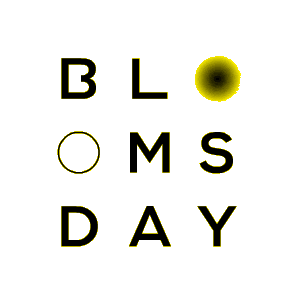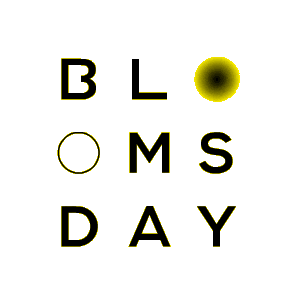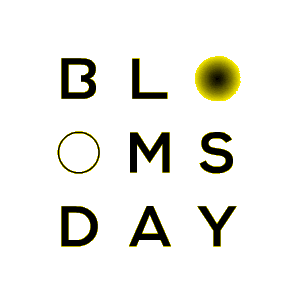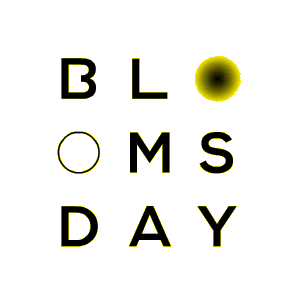This project attempts to map the various references to Leopold Bloom (the protagonist of James Joyce's novel Ulysses) in Szombathely. According to the book, Bloom's father, Rudolf Virág, is from Szombathely, but in addition to the ways this fictional biographical element was transformed into real urban reference points (see the inauguration of the Blum House and a memorial plaque, moreover the erection of the Joyce statue), we are focusing on several art initiatives in Szombathely that were inspired by the postmodern world of the Ulysses (Bloomsday, Leopold Bloom, Dáblin, Leopold Bloom Gallery, Leopold Bloom Award).
The history of Bloomsday in Szombathely is embedded in the context of the post-1989 period, when James Joyce suddenly became part of the city’s cultural life. Even though Berzsenyi College already organized an international James Joyce Seminar in 1993 that referred to the location of the conference as “the birth place of Leopold Bloom”, the real breakthrough came in 1994 when a group friends including artists, literary historians, and cultural managers celebrated the first Bloomsday on June 16 (Péter Abajkovics, Balázs Barták, László Farkas, Ferenc Kassai, Sára Kaszap, Ferenc Masszi, József Rasperger, Péter Schütz, Ákos Székely).
All these spoke at least as much about the euphoria of post-socialist countries after the regime change, as it did about joining a European story (Bloomsday has been celebrated worldwide since 1954 on June 16 to commemorate the novel that narrates the events of that very day in 1904).
At the same time, the episodes and their reception clearly show that this story is not that simple. On the one hand, the history of Bloomsday, which began as a spontaneous art action of many participants, quickly divided into several, parallel programs initiated by various organizers. In this sense, the Bloom "story" in Szombathely has always had several actors, with figures such as Ákos Székely and Péter Abajkovics in the centre. Besides playing a primary role in organizing the local Bloomsdays until 2004, they also initiated other "Bloom projects", such as the Leopold Bloom assemblage magazine, the Leopold Bloom Gallery and the Leopold Bloom Award, while the Dáblin magazine can be linked to Ferenc Kassai.
On the other hand, the concept of Bloomsday was far from sweetly welcomed by certain political authorities not least because of coinciding with the memorial day of the re-burial of former prime minister Imre Nagy on June 16.
In a close connection to these, the history of Bloomsday in Szombathely unambiguously divided in the middle of the 2000s. While in 2004 Székely and his friends decided to say farewell to Szombathely and – following the route of the Blooms – they set on a journey through Budapest, Vienna, Milano and London, until they arrived to Dublin, the history of Bloomsday in Szombathely further continued, even if differently.
Although the bottom-up, experimental and avant-garde-ish events have faded over time, Bloomsday has by now, in a much more formalized way, become an officially branded event of the city. Similar to the events commemorating the ancient city of Savaria or St. Martin, Bloomsday is now part of the program calendar of Szombathely.
Accordingly, this website functions both as an archive that documents the events - together with their participants and the reception - that have taken place since 1994, and as an inspirational interface that also calls for a return to spontaneity.











